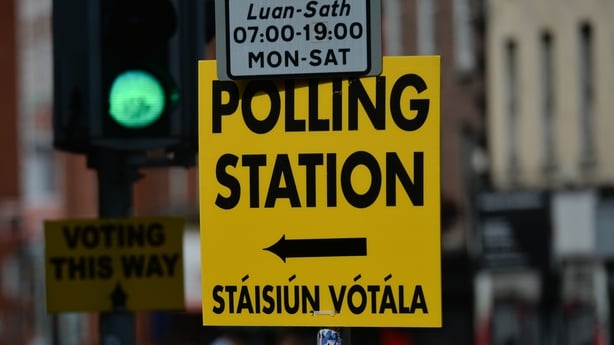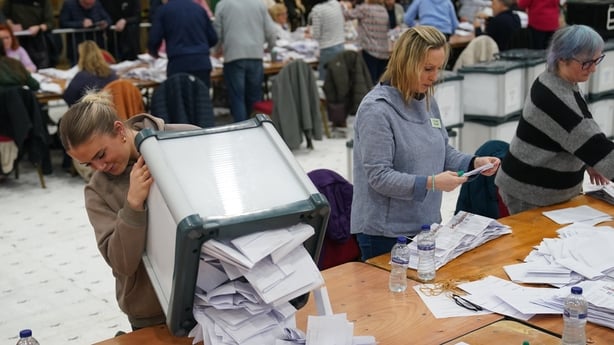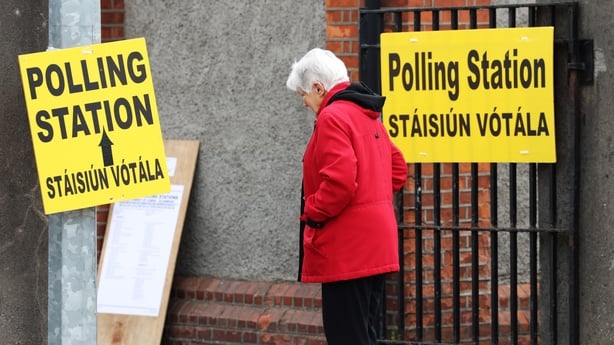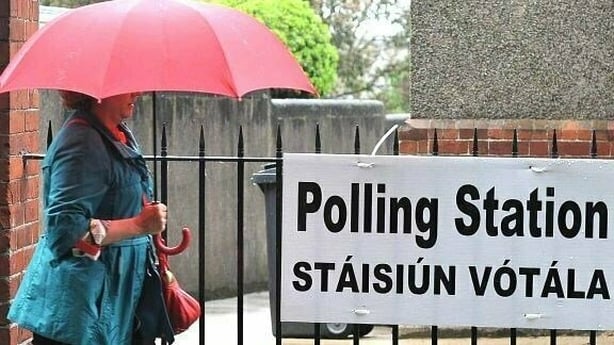With the dust settled on the 2024 General Election and a new Government formed, pollsters are still poring over the data to understand what happened at the ballot box.
Information from voters captured in the direct aftermath of their ballot being cast, means exit polls have a reputation for being broadly more reliable than those conducted at a later date when voters forget, for example, their lower preference votes.
Damian Loscher, President of Ipsos B&A, which carried out the General Election 2024 Exit Poll for RTÉ - examines the components at play which affected the predictiveness of this poll.
A Government has been formed, putting the November general election firmly in the rearview mirror. Except for pollsters.
Elections are rich sources of data, offering a rare measure of real-world opinion and behaviour with which to validate opinion polling techniques.
Exit polls conducted on the day of an election are not all about predicting the outcome: they provide important insights into the attitudes and motivations of voters and as such are hugely important to our understanding of how the democratic process works.
Inevitably, however, party share predictions from exit polls receive special attention and consequently the way in which these predictions are made demands the highest level of scrutiny.
In the 2024 Exit Poll, Fianna Fáil performed better than predicted by the poll, while Sinn Féin came in lower when all the votes were counted.
The exit poll result for both parties was outside the margin of error.
We need your consent to load this flourish contentWe use flourish to manage extra content that can set cookies on your device and collect data about your activity. Please review their details and accept them to load the content.Manage Preferences
We need your consent to load this flourish contentWe use flourish to manage extra content that can set cookies on your device and collect data about your activity. Please review their details and accept them to load the content.Manage Preferences
So why was this election's exit poll not more predictive?
An initial analysis suggests a number of factors impacted the result:
- Lack of official statistics on voter profiles for polling stations
- Differential turnout between urban and rural polling stations
- Reluctance of some voter cohorts to participate in an exit poll survey
- Time of day voting patterns
Polling stations

Exit poll design must overcome the lack of official statistics regarding the demographic profile of voters in any given election.
All that is available to the exit poll sample design team is a list of polling stations and, for most stations but not all, the number of voters on the register for that station.
But are voter registers accurate? Not accurate enough is the consensus.
Knowing exactly the number of voters registered to cast a ballot at each station would improve the predictability of the model.
Information is not published on how many votes were cast at each station in the aftermath of an election.
Model predictions would improve further if this information was also made available.
Turnout

Inherent in exit polling is the assumption that turnout is similar across cities, towns and small villages.
Turnout in 2024 was slightly lower than in 2020 and how this change manifested itself across the country may have impacted predictions.
Anecdotally, turnout last November was lower in urban areas compared to the previous election, which would have caused the model to overstate the Sinn Féin vote.
Polling station selection is a key component in sample design, but so too is voter selection at each polling station.
Random selection is crucial, to minimise response bias, but there are obstacles to achieving the essential randomness on which exit polls rely.
Reluctance

It seems that voters are increasingly reluctant to participate in exit polls.
Polls are less accurate if the reason for refusing to participate is correlated with the variable you are trying to measure - in this case party support.
Exit poll interviewers are required to record the age of someone who refused to take part.
This data suggests - age estimated, not asked - refusals were heavily skewed towards older voters.
Ipsos B&A know older voters favour Fianna Fáil, so a higher rate of refusals among this cohort would have depressed the party’s predicted vote share.
Future models will likely incorporate an age weighting to compensate for the phenomenon of older voters refusing to participate.
Other reasons why a voter declines to participate are not fully understood, so refusals will continue to add a degree of variability to the prediction model.
Time

Lastly, time of voting also matters hugely in exit poll prediction models and the time of voting can vary dramatically by election, depending on the day of the week or simply the weather.
Time of day matters because the party preferences of late evening voters are very different to mid-morning voters.
For a party like Sinn Féin, the evening vote when more young people come out, is vital.
To estimate time of day voting patterns, Ipsos B&A conducts a telephone survey on the day itself asking a random sample of the adult population at what time they voted or at what time they intended to vote.
This data serves as a valuable input into the prediction model.
Some of the data collected is 'claimed’ - potentially leading to an overrepresentation of late-in-the-day voters.
Other ways to measure time at which voters cast ballots will be explored for future exit polls, with an emphasis on gathering only actual time of day data.
Exit polls are not as straightforward as they seem, or as pollsters would like.
More accurate and complete data on the 2024 voter population will be a necessary ingredient in the design of future exit polls, in addition to better intelligence on time of day voting behaviour.

